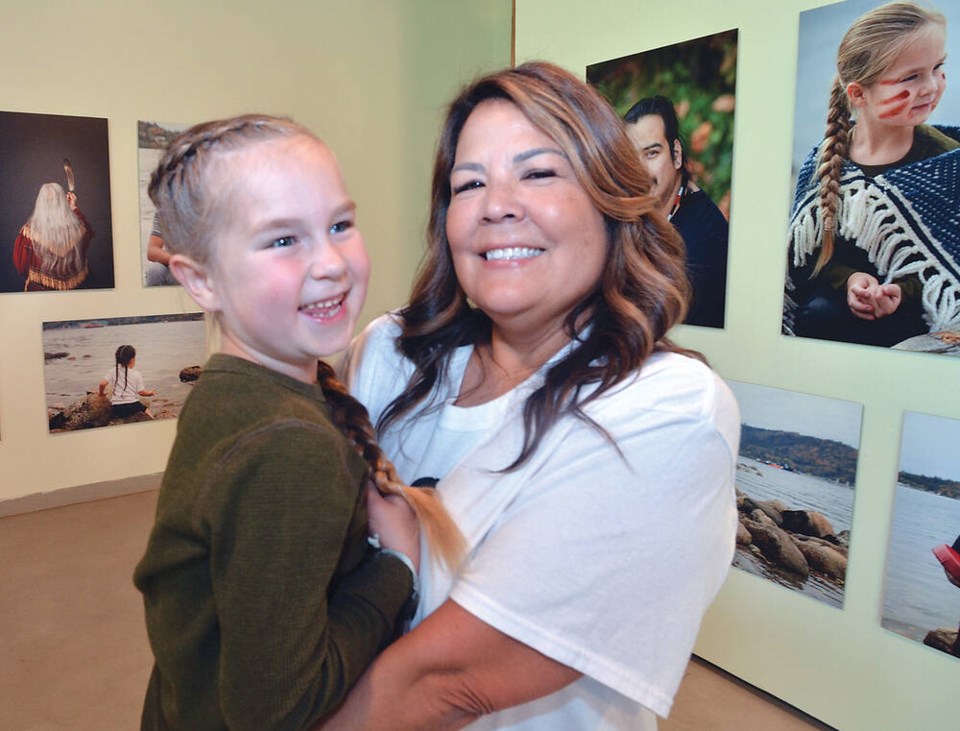An exhibition showing at the Wild Bird Trust aims to educate on the cultural significance and importance of long hair on Indigenous boys and men.
Boys Who Braid Their Hair comprises photographs of səlilwətaɬ (Tsleil-Waututh Nation) men proudly wearing their braids alongside a documentary with interviews with Elders, men and boys, each discussing the meaning and spiritual significance of long hair in Indigenous culture.
The exhibition has been extended following a two-day stint at the Polygon Gallery in April, now to be shown until May 19 at the Wild Bird Trust's Nature House in North Vancouver's Maplewood Flats Conservation Area.
“I really wanted to be able to provide education through these beautiful images of our young boys and men, and to encourage people to see the beauty of someone else’s culture,” said Andrea Aleck, exhibition lead and health and wellness director for Tsleil-Waututh Nation.
The exhibition had been inspired by a movement started by athlete Michael Linklater in 2015. Dubbed Boys with Braids, the campaign was a reaction to his own experience being bullied at school for wearing braids, and the similar experiences his sons were subject to years after.
In 2022, when news broke of a childcare worker in Saskatoon being charged with a hate crime after cutting the hair of a young Métis boy, Aleck felt even further compelled to share Indigenous teachings and try to incite change.
“To me, that incident still says there is a lot of education required in institutions and community settings, and we need to do better across Canada in providing education and messages in our own way,” said Aleck.
“One of the reasons why I wanted to do this project was because it is so important to be able to share the beauty and the sacredness of our culture, and sharing more on our practices around hair will hopefully empower young people to be proud of who they are.”
Hair is sacred and holds strong cultural importance to Indigenous peoples, and is usually only cut on men when mourning the loss of a loved one, said Aleck. In Tsleil-Waututh Nation culture, children aren’t given their first haircut until after four years old.
Often, growing hair long is a way of honouring the ancestors who were subject to the residential schooling system and were never given the chance to celebrate their culture, grow their hair long or keep their Indigenous identity, she added.
While the exhibition comes to a close this weekend, Aleck hopes that the project and the overarching message of it continues to live on. She plans on introducing it to local schools, so children can learn the important, Indigenous teachings while young.
“When people are provided the opportunity to learn, there’s less likelihood of bullying or teasing, and shaming children and individuals for who they are and what their cultural and spiritual beliefs are,” she said.
“This is how we can empower our young people to have that connection to their hair, and understand the sacredness around that.”
Mina Kerr-Lazenby is the North Shore News’ Indigenous and civic affairs reporter. This reporting beat is made possible by the Local Journalism Initiative.



